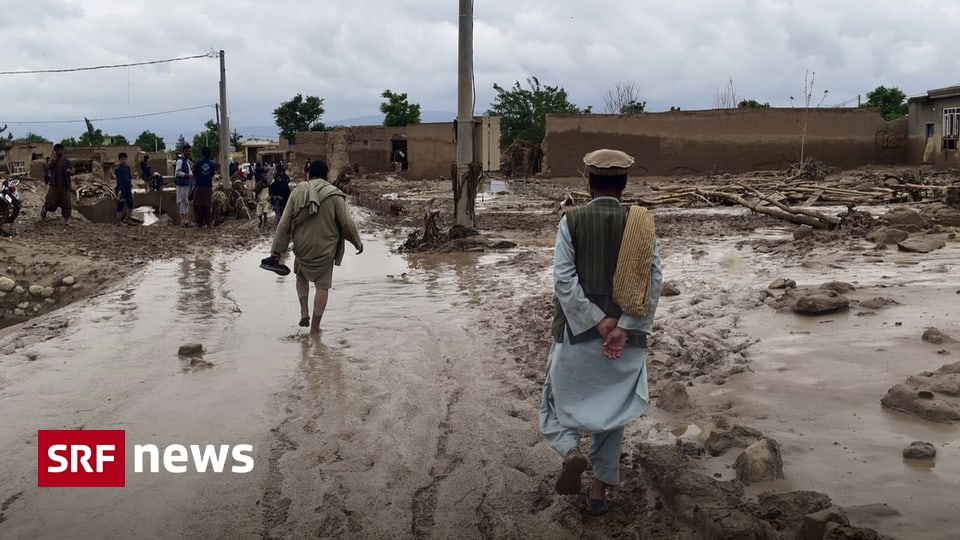Essen-based energy group RWE is looking to develop two British offshore wind projects in the North Sea with Masdar, a company from the United Arab Emirates that specializes in green energies.
RWE and state-owned company Masdar sealed their collaboration on Friday on the sidelines of the COP28 world climate conference in Dubai, as announced by RWE and British Prime Minister Rishi Sunak.
According to Sunak, the two companies want to invest 11 billion pounds (12.7 billion euros). A long-planned offshore wind farm off the Yorkshire coast could be the world’s largest, according to the British government.
The two projects, known as Dogger Bank South, are located on the Dogger Bank, in shallow waters in the North Sea, more than a hundred kilometers off the north-east coast of England. The two offshore wind farms have a capacity of 1.5 GW each.
With a planned total capacity of three gigawatts, RWE explained that Dogger Bank South could make an important contribution to achieving Britain’s climate neutrality targets. Together, the two projects could provide three million British homes with green electricity.
With a future 51 percent stake in both offshore wind projects, RWE will be responsible for the development, construction and operation of the two wind farms throughout their entire operational lives. Masdar will acquire the remaining 49 percent stake in both offshore wind projects.
According to RWE, construction will begin in 2025, with the first 800 MW of capacity coming online in 2029. Both projects are intended to be fully operational by the end of 2031. According to the companies, more than 2,000 jobs will be created during the construction phase, and another 1,000 direct and indirect jobs will be created during operation.
A 165-meter cooling tower at the RWE coal-fired power plant in Vorde was demolished.
A 165-meter-high cooling tower at the hard coal power plant in Vorde on the Lower Rhine, which closed in 2017, exploded on Sunday. The mammoth concrete structure collapsed without incident after 11am as scheduled.
Some residential buildings near the blast had to be temporarily evacuated during the blast, and streets in the area were closed from 9 a.m. to 1 p.m., the city of Voorte announced.
The demolition is part of the decommissioning of the former power plant that began in July and will last until 2026, the owner, energy giant RWE and Worde announced.
RWE is exploring the possibility of producing “green” hydrogen on an industrial scale with a total capacity of 800 MW on a 60-hectare site. Depending on economic conditions, it is also conceivable to build a suitable, hydrogen-capable gas-fired power plant at the site.
Voerder Mayor Dirk Haarmann (SPD) said the city expects “a significant development as a business location”. If the plans come to fruition, Vorte will become an important hydrogen hub for the region. The hydrogen production and power plant combined could create 120 to 140 new jobs. The new system is CO2-neutral, Harmon emphasized. He also believes that commercial and plant engineering companies will settle there.
Built in the early 1970s and subsequently significantly expanded, the power plant is located directly on the Rhine. With four modules, it produced 2,000 MW of electricity over the years, but was controversial due to high CO2 emissions. With its large cooling tower and 200-meter-high chimneys visible for several kilometers, the power plant has long been a well-known landmark in the city.
In XETRA trading, shares of RWE temporarily fell 0.25 percent to 39.65 euros.
ESSEN/VOERDE (Dow Jones / dpa-AFX)

“Communicator. Entrepreneur. Introvert. Passionate problem solver. Organizer. Social media ninja.”







More Stories
How do you know Ollie Alexander – singer for Great Britain
Seventeen banks are in favor of phasing out fossil energy
Pistorius recommends that Canada cooperate in the Arctic